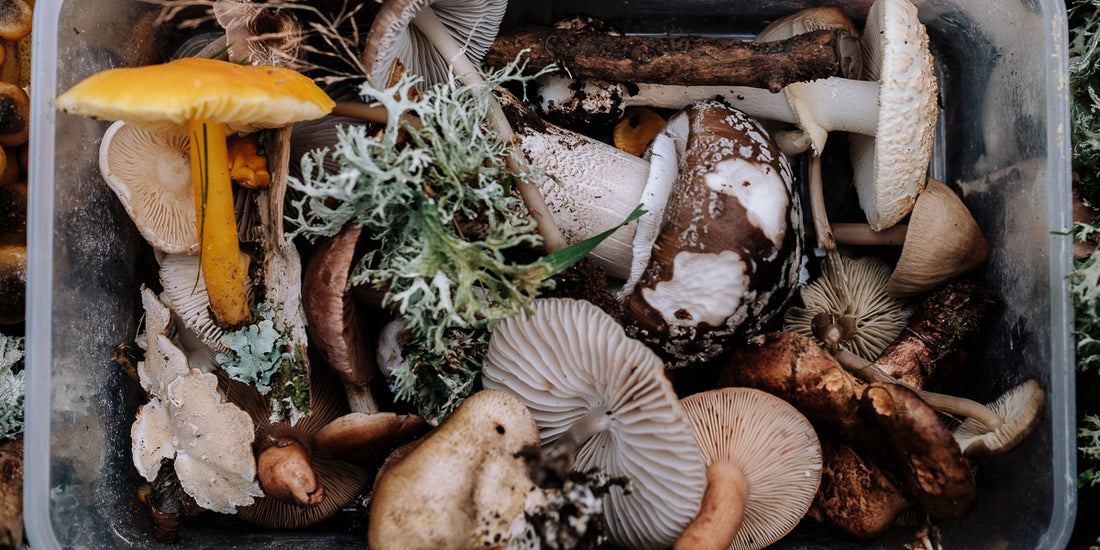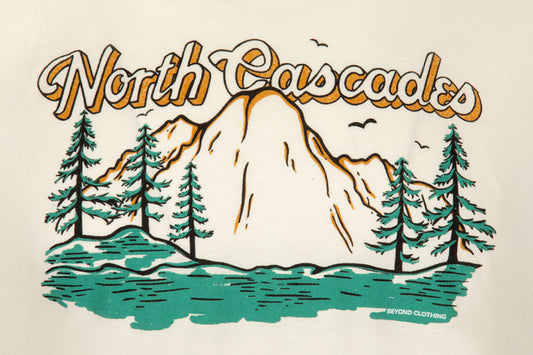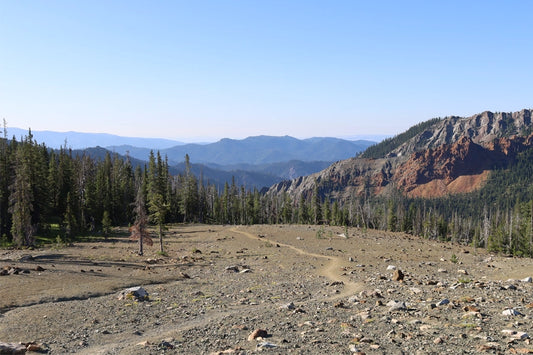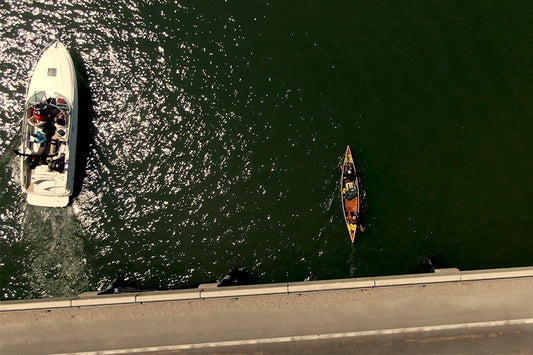Wandering through the aisles of the grocery store is easy and convenient, however it’s a far cry from how mankind found food in the past. But more and more people are drawn to the idea of returning to the sources of our food. We see this in farm-to-table dining trends, and in a renewed interest in foraging for food.
Food foraging is the practice of finding and eating food that's found in the wild. It ensures that your food is free of pesticides, allows you to engage with the environment in which it's found, and maybe best of all -- food foraging is fun!
Here are six tips for those interested in diving into the fascinating world of foraging for wild food.
1. Do Your Research
All too often poisonous plants look strikingly similar to edible alternatives. It’s important to have a reference guide, like Sturtevant’s Edible Plants of the World, or Edible Wild Plants with you in the field.
You should be able to recognize common poisonous plants in your area, as well as signs that an unfamiliar plant could be poisonous. Leaves of three? Leave them be!
2. Know What’s Endangered
Like animals, plants can be placed on the endangered species list. Not only is picking these plants unethical, it’s also illegal.
3. Pick in Moderation
It might be exciting to come upon a patch of mushrooms you’ve been trying to track down for weeks, but hold back on extracting every living plant from the patch. Over-harvesting can cause damage to the entire ecosystem.
4. Test the Plant
Confirm that you aren’t allergic to a plant by first rubbing it on your skin, and waiting fifteen minutes. If there is no unusual reaction, you can test is next on your lips, and wait another fifteen minutes. Lastly, test it on your tongue, and wait another fifteen minutes, before consuming. This is known as the Universal Edibility Test, which can also be used if you are not 100% sure about the species of plant. (You should only eat plants you can't identify with 100% certainty in emergency situations.)
5. Leave No Trace
While foraging technically alters the environment, make sure to leave no damage to the environment in other ways. Pack out what you packed it, and never leave any trash in the forest.
As always, when heading into the wilderness, appropriate clothing and layering is key. Here at Beyond Clothing, we make it easier with our layering system builder, a step-by-step guide to the best layers for each type of weather. So you can stay warm and comfortable while you're out there finding a feast!






0 Comments